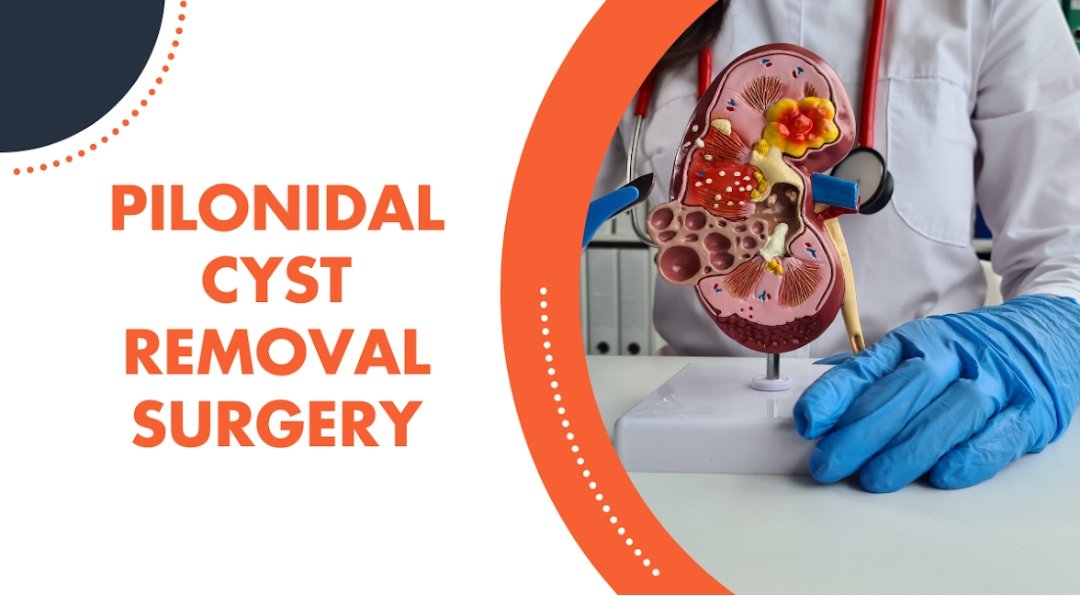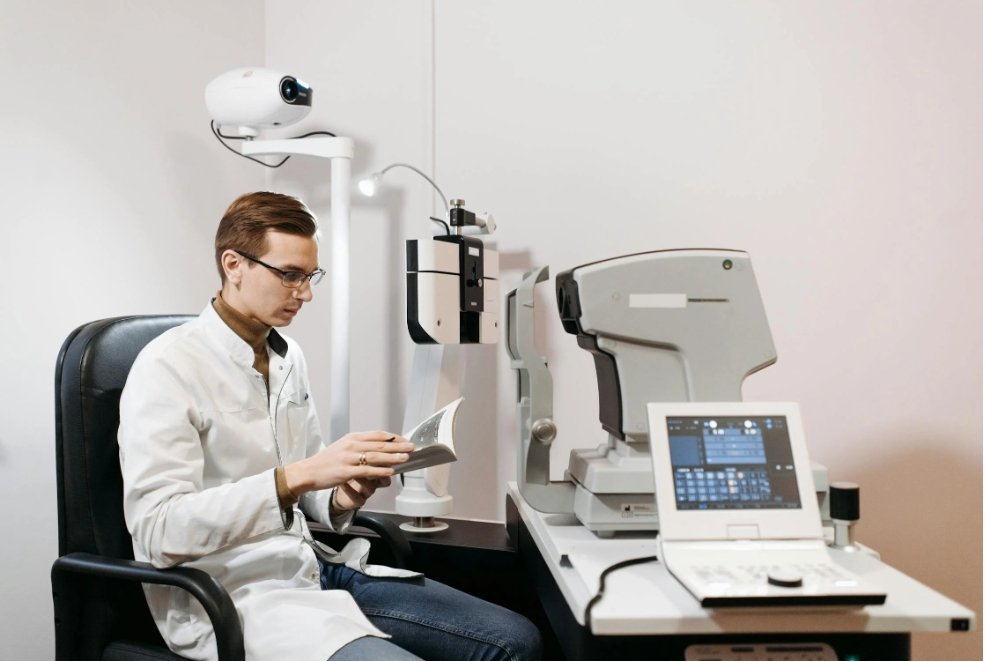Pilonidal cysts, although they are very small in size, can be a major problem since they can cause very severe discomfort and inconvenience. These cysts usually appear on the top of the glutes and cheekbones and may lead to monstrous pain if left untreated. This leads to the development of inflammation and even infections. Should the traditional treatments lack the provision of relief, the surgical removal of the cyst is required. We shall now look into the technicalities of pilonidial cyst ablation surgery, and explain the steps that are taken when performing such a procedure.
7 Steps involved in the pilonidal cyst removal surgery
Here are the seven important steps that your surgeon will follow until you are discharged and sent back to your home for recovery. Each step is important, and if you have the right doctor, he will never skip a single step to ensure complete treatment with minimal pain, discomfort, and recovery time.
1. Preoperative Evaluation
Before undergoing the pilonidal cyst removal surgery, patients have to undergo a detailed preoperative checkup. This assessment generally begins with a review of the patient’s medical history, followed by a physical examination, which may include imaging studies like X-rays to determine the extent of the cyst and its accompanying sinus tracts. The surgeon will elaborate on this to ensure that the patient not only understands the procedure but can also visualize the risks and the postoperative care.
2. Anesthesia Administration
The patient is taken to the operating room on the day of surgery, where an anesthetic is given. Depending on the procedure’s complexity as well as the preference of the patient, general anesthesia or local anesthesia with sedation may be given. However, if the patient has any allergies or issues in general, he must discuss this factor with the doctor before to make it easy at the time of the surgery.
3. Incision and Exploration
After the patient has been given enough anesthesia drugs, the surgeon will begin the procedure by cutting an incision over the cyst. The length and position of the incision may be different depending on the size and location of the cyst and any communication tracts. The surgeon takes time to identify the size of the cysts, infection spread, and also surrounding tissue involvements.
4. Removing cysts and tissue
Right after the cyst is identified along with the surrounding tissue, the surgeon proceeds to the removal of the cyst and any infected or damaged tissue. Thus, meticulous excision might be necessary with the removal of the cyst from the surrounding healthy tissue while sparing trauma for the region and safeguarding blood supply to the area.
5. Closure
When the cyst and the tissues which are inflamed were absolutely eliminated, the health care professional will then close the wound. The closure approach can range from simple suturing to more complicated procedures, such as laying flaps or skin grafting, relying on the size and intensity of the wound, in addition to the health practitioner’s revel in and education. The options for closure of the wound concerned many approaches, e.G., facet approximation using sutures as primary closure, easy unused wound usage strategies for his or her own purposes with out external management, and skin flaps/grafts for the purpose of closure techniques.
6. Postoperative Care
Upon completion of the procedure, the patient will stay under observation in the pilonidal cyst surgery recovery time unit until they are conscious and without signs of instability. The timing of discharge depends on the case, whether it is minor or the beauty of the patient is good and therefore the choice varies from being discharged home to being kept overnight for observation. Patients are taught about dressing changes, pain alleviation, taking rest and not being active until the wound heals.
7. Follow-Up
The follow-up appointments are scheduled to check the healing progress, answer all questions as well as to treat any emerging issues in a timely manner. Generally speaking, patients would be counseled to engage in activities that can lead to pressure in the incision site. One of the most common examples is extended sitting until the wound site has sufficiently healed. You must refrain from sitting in the same position for very long time.
What if your surgeon misses a step?
If you find the right colorectal surgeon, he will follow each step accurately and without any intervention. He knows how important it is to monitor things on time and proceed with each step safely so that the patient gets the best treatment and relief from the painful cyst.
Conclusion
Pilonidal abscess excision is commonly used in the clinical setting as one of the most sought-after methods of pilonidal cyst treatment. By recognizing the involved steps in the surgical process, patients can be able to familiarize themselves with the treatment itself and what happens in post-surgery. This allows them to mentally and emotionally prepare for the procedure and recovery period. If you are thinking about having pilonidal cyst removal as a surgical treatment, make sure to consult with a very experienced surgeon, for he/she must assess your conditions and for him/her to recommend the best treatment plan for you.



